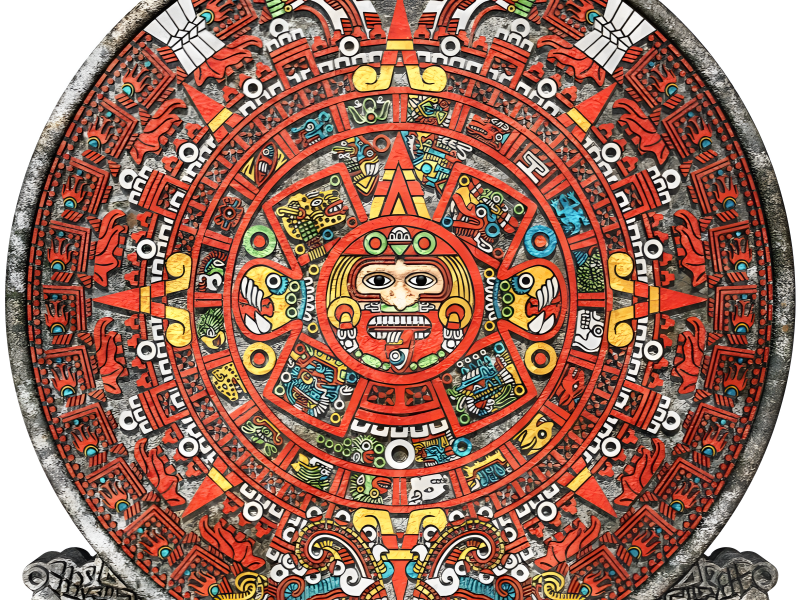Renowned for their advanced understanding of astronomy and timekeeping—evident in their intricate calendar systems—the Maya civilization remains a source of fascination and mystery. The Maya calendar, particularly its association with prophecies about the end of the world, continues to intrigue scholars and enthusiasts alike. This article delves into the complexities of the Maya astronomical calendar and its enduring significance in ancient wisdom.

The Haab and Tzolk’in calendars are among the most notable systems developed by the Maya. The Haab, a solar calendar, spans 365 days, while the Tzolk’in consists of 260 days. Together, these systems form the 52-year Calendar Round, reflecting the Maya's remarkable ability to track celestial phenomena.
The Haab guided agricultural activities, while the Tzolk’in influenced religious rituals and spiritual practices. The Maya believed that every day carried unique significance, shaping their worldview and daily decisions. Additionally, the Long Count calendar, a linear system tracking extensive time spans, enabled the Maya to document historical events and milestones.
The origins of the Maya calendar highlight their sophisticated understanding of the cosmos and time. By observing celestial movements, the Maya created systems that governed both practical and spiritual aspects of their lives, embodying a cyclical view of time deeply connected to the universe.
Exploring the Maya calendar reveals layers of complexity and meaning, showcasing the brilliance of this ancient civilization. Their ability to align celestial events with agricultural cycles reflects a profound respect for the natural world, laying the foundation for the rich cultural traditions that defined the Maya for centuries.